Garden Bullies...Tough Plants Gardeners Regret Buying- by R. Lieber
Bullies are not always considered invasive. Invasive plants are the worst form of bully plants. The term usually refers to non-native plants that have been introduced to our landscapes and then escaped into the surrounding lands (ecosystem) to overwhelm local native plants and damage local natural habitats. True invasives may harm birds, pollinators, or insects that depend on native plants. Existing wildlife find them inhospitable, and the environment around them becomes sterile of the normal critters, from fungi and bacteria to larger animals. They have no native controls such as diseases, parasites, or predators that would normally keep them in check. Kudzu is one of the most recognizable examples. Garden bullies are not quite as harmful, but they are plants that thrive far better in a cultivated place than many other typically better behaved cultivated plants. Some plants will be both bully and invasive, depending on where they are in the country; and many bullies may be future invasives if they get a foothold in the right place. For this reason, invasive plants are listed on a state level as well as nationally. What is a Garden Bully? Garden bullies grow "like weeds" and are often described as expensive weeds. Despite being bred and sold in nurseries, they share the many of the same traits as weeds. Some gardeners prefer the term "aggressive plant" to describe them. Bullies often thrive in a broader range of conditions than other garden plants. Bullies come from varying backgrounds, native and foreign. Their tags often give them away with phrases like "easy to grow" and "spreads easily" - the very traits that make them alluring to less experienced gardeners wishing for instant success. Even old garden veterans can be induced to buy them for their stunning flowers or unusual looks. Most of these plants are sold for erosion control, fast growth, or because they "naturalize easily." Some may become invasive (already on watch lists), but others will not because they have predators, parasites, or diseases that keep them in check. Plants That Can be Bullies in the Right Place but Aren't True Bullies There are many wonderful additions to a mixed border garden that can be a bit overwhelming because they self-seed so well. They can't quite be classified bullies because they can be eradicated easily; or maybe we just love them too much to call them a bully. Many gardeners will refer to the plentyful offspring of natural pollination as "volunteers." These may even be welcomed as a source of replacement plants for short lived perennials or for annuals. They are a frequent staple of plant sales and plant swaps, and are popular as pass-alongs. Volunteers can easily be eradicated by pulling them up as they emerge. Currently, my most prolific plants are a handful of Purple Coneflowers (not all have seeds these days), several varieties of Black-eyed Susan, and Korean Chrysanthemums (which come from Connecticut not Korea!!). Among my annuals I always find new zinnia and marigold volunteers, but I don't classify them as bullies. You can donate volunteers to plant sales or swap them with friends, but do add a note or tag to warn of potential "weediness" to save the next owner some grief. How To Spot a Bully Before Buying It First, carefully read the plant tag or plant description in a catalog. The first hint is a description that the plant is very easy to grow, or you hear that it is impossible to kill. Second, ask questions! If you come to a fund raising plant sale and see 50 of the same little plant in mismatched pots, it is very likely a prolific seeder. Ask the owner or check out any information listed nearby before you decide to buy the plant. Purchasing plants at reputable nurseries with trained staff or at a Master Gardener sale will give you the advantage of being able to ask gardeners who have probably dealt with some of the more common invaders and how to live with them. Third, learn what to look for. Aside from prolific seeding, many garden bullies also spread by underground roots, rhizomes, or stolons. Some will be easier to pull out than others Ask how the plant grows and spreads before buying it. Knowing what to expect is half the battle. Look up any potential bullies you already have on hand to learn how to care for them and limit their spread. An Incomplete List of Typical Garden Bullies Common Bullies I've been fortunate to have avoided a few very common bullies, but I want to list them first because they make it to the top of every "bully" or "aggressive" plant list. Plus, it's important to note they can often be found at plant nurseries or sales and swaps!
One Gardener's "Personal Bully List" (aka Garden Bullies That I Thought I Could Handle) Listed by common name in no particular order
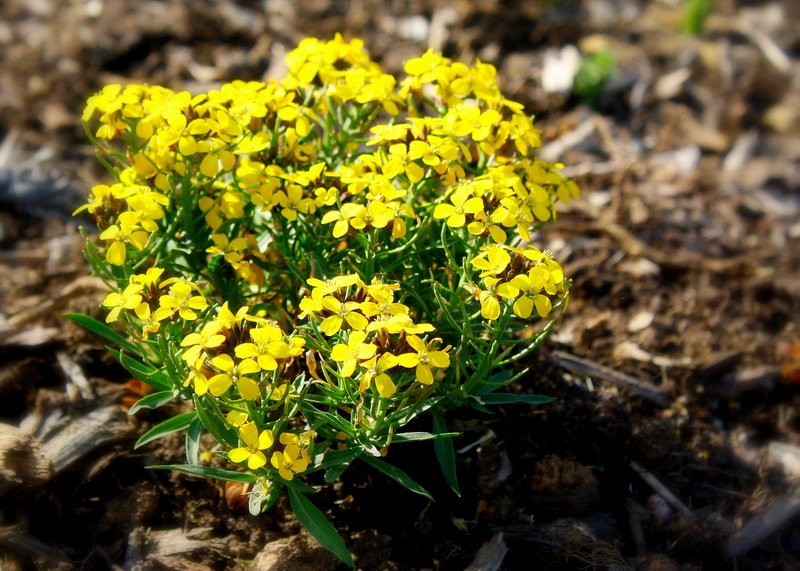
Containing Bullies If You Still Want Them Some well know bullies can be enjoyed if you find ways to contain them and keep them away from other plants. One of the best known bullies of the garden is mint. To contain mint and other ground covers the best thing is raised beds and containers that are not on dirt or in the garden. Another popular way to isolate a bully is to grow it in areas completely hemmed in by concrete, like walkways and driveways. Resources on Invasive and Bully Plants (click on the links below)
Best Garden Plants for Tennessee by Susan Hamilton and Laura Peters |


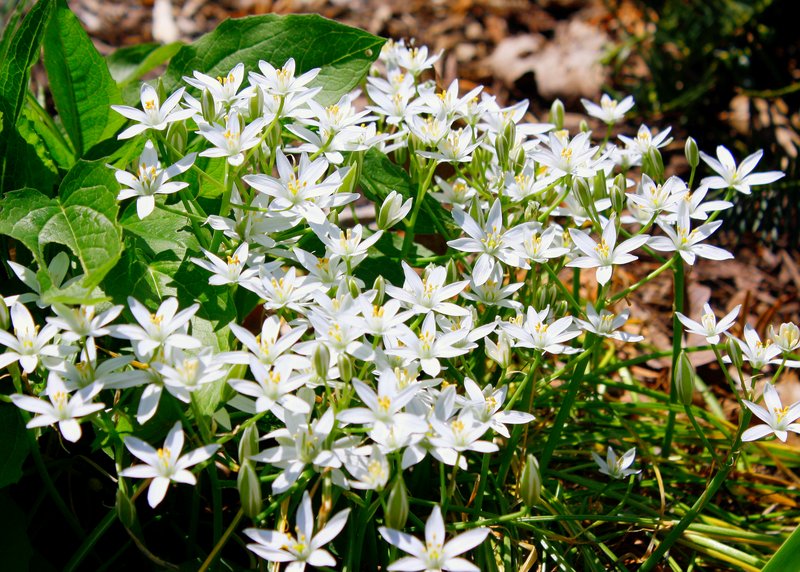 Many gardeners have one or two plants, maybe more, they wish they'd never bought. Plants in the mint family come to mind, or perhaps the unstoppable periwinkle (Vinca) vine. Maybe it was like one of my garden mistakes where I wanted something tough and easy to grow and then spent years removing evening primrose progeny. Maybe you were gifted a healthy (but quite toxic) "pass-along" of Star of Bethlehem? (Move your cursor over photos to read captions. Click
Many gardeners have one or two plants, maybe more, they wish they'd never bought. Plants in the mint family come to mind, or perhaps the unstoppable periwinkle (Vinca) vine. Maybe it was like one of my garden mistakes where I wanted something tough and easy to grow and then spent years removing evening primrose progeny. Maybe you were gifted a healthy (but quite toxic) "pass-along" of Star of Bethlehem? (Move your cursor over photos to read captions. Click 
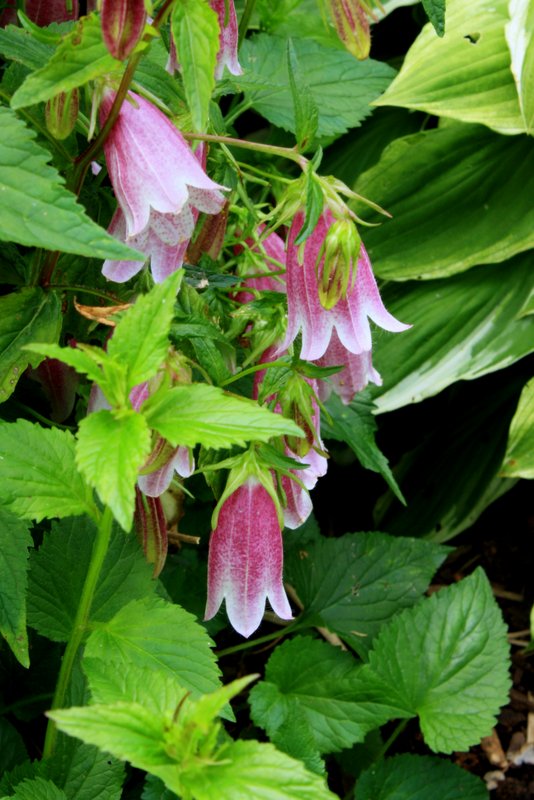
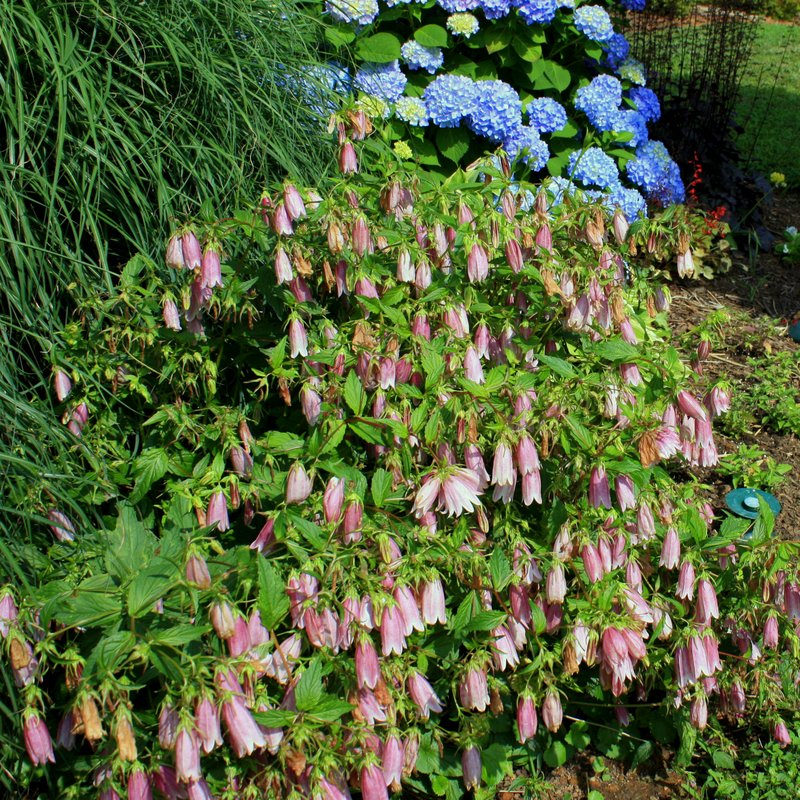
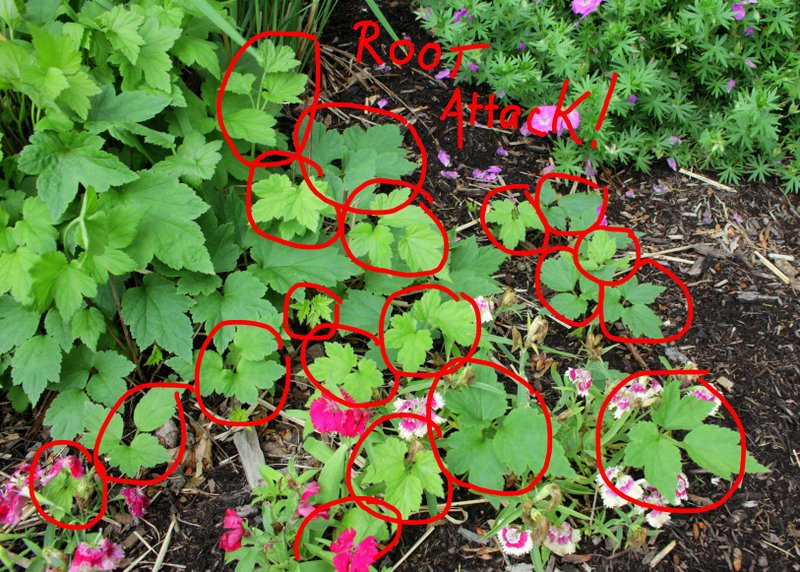 Japanese Anemone - A beautiful plant replacing the Korean Bellflowers with a similar habit.
Japanese Anemone - A beautiful plant replacing the Korean Bellflowers with a similar habit.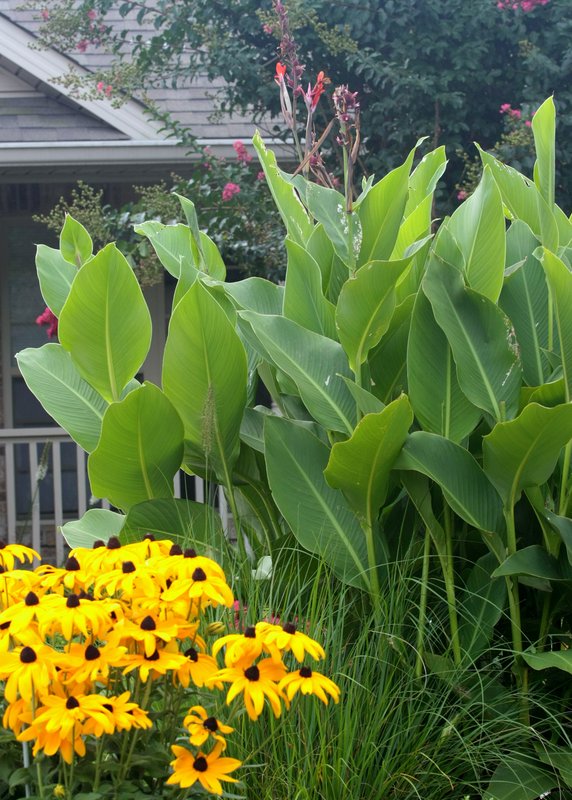
 Centurea - (perennial bachelor buttons) Spreads by reseeding very readily. A tall plant that can flop on neighboring plants, shading them as well as reseeding as it does. Deadheading is not optional with this plant.
Centurea - (perennial bachelor buttons) Spreads by reseeding very readily. A tall plant that can flop on neighboring plants, shading them as well as reseeding as it does. Deadheading is not optional with this plant.